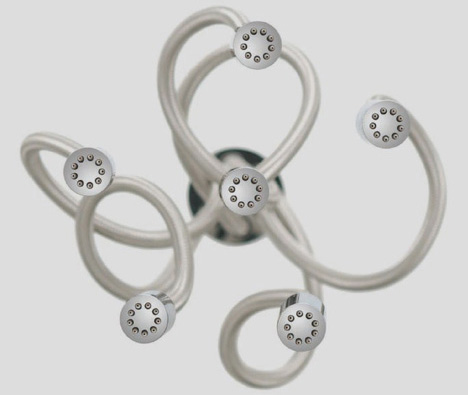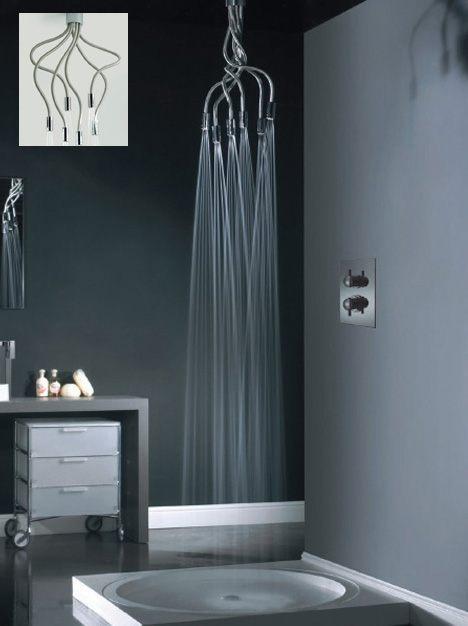
The health care legislation enacted in 2013 included a new tax that was designed to affect upper income taxpayers. Understand this tax will not be imposed exclusively on real estate transactions. The tax is NOT a transfer tax on real estate sales and similar transactions.
Rather, when the legislation becomes effective it may entail a 3.8% tax on some (but not all) income from interest, dividends, rents (less expenses) and capital gains (less capital losses). These items are all included in an individual’s adjusted gross income (AGI). The tax will fall only on individuals with an AGI above $200,000 and couples filing a joint return with more than $250,000 AGI
The new tax does NOT eliminate the benefits of the $250,000/$500,000 exclusion on the sale of a principal residence. Thus, ONLY that portion of a gain above those thresholds is included in AGI and could be subject to the tax.
Tax payers should familiarize themselves with the tax. The amount of tax will vary from individual to individual because the elements that comprise AGI differ from taxpayer to taxpayer. Contact me today for a referral to a licensed tax professional.
![]()













